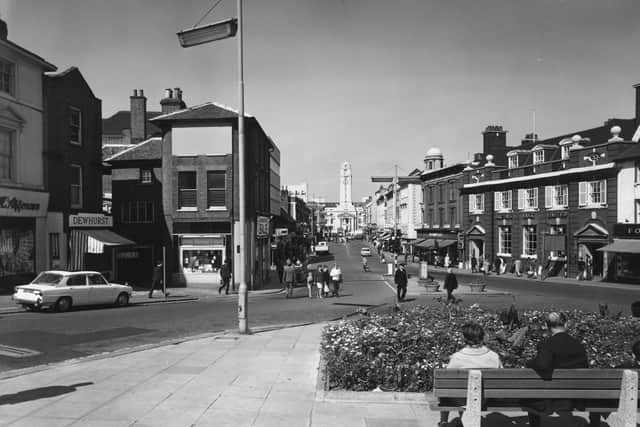Museum’s appeal to trace photo of former Luton resident Harry Harper
and live on Freeview channel 276
A museum is appealing for help to find a photograph of Harry Harper who lived in Luton in the 60s.
The Doncaster Museum Service is currently working on an exhibition about the great railway designer Sir Nigel Gresley which is to feature a selection of photographs he sent to his chief clerk, Harry Harper.
Advertisement
Hide AdAdvertisement
Hide AdNeil McGregor, Collections and Exhibitions Officer at Heritage Doncaster, explained: “Harry Harper played an important part in the legacy of Sir Nigel Gresley. Not only did he work directly for Gresley during many of the most illustrious years of Sir Nigel’s career, but it is because of him that the Gresley Papers have survived.


"We have been unable to find an image of Harry, something that we would like to include in our exhibition. Harry spent the last two years of his life in Luton. He died in Luton on November 3, 1965, and his wife, Florence Caroline, nee Tuxworth, whom he married in Doncaster, also died in Luton, in 1967.
“We were wondering if your readers might be able to help us track down an image of him?”
Neil added that Henry Percy Harper was born in Doncaster in 1888 where his father was a publican at the Prince of Wales Hotel on Carr House Road. Harry was a pupil at Doncaster Grammar School, leaving in 1901 and by 1911 Harry had already begun a long railway career. In 1921 he was a stores clerk in the Great Northern Railway’s Carriage and Wagon Works. It’s not known when he first started working for Nigel Gresley as his clerk, but by 1932 he had followed Gresley to London and lived in New Southgate.
Advertisement
Hide AdAdvertisement
Hide AdHe later moved back to Doncaster but then in 1963 he moved to Luton.
Sir Herbert Nigel Gresley was one of Britain's most famous steam locomotive engineers, who rose to become chief mechanical engineer of the London and North Eastern Railway (LNER). He was the designer of some of the country’s famous steam locomotives including the LNER Class A1 and LNER Class A4 4-6-2 Pacific engines. An A1 Pacific, Flying Scotsman, was the first steam locomotive officially recorded over 100 mph in passenger service.